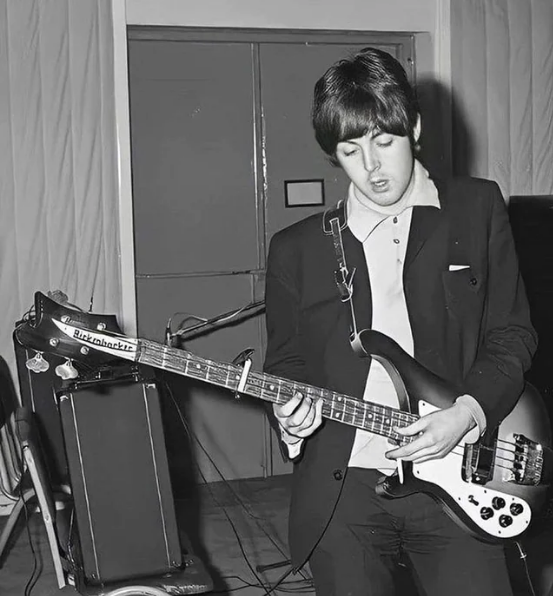Why did The Beatles use guitar capos?

Beatles go 'capo-crazy' on Rubber Soul What does a capo do? A capo raises the pitch of stringed instruments including guitars and ukuleles. They are generally used to either make a chord progression easier to play or to match the vocal range of a singer. Did The Beatles use capos effectively? For themselves, yes. But they were not experienced in accommodating the vocal ranges of guest singers. Famously, Cilla Black failed her first audition for Brian Epstein because the The Beatles backed her in a lower key than she could manage. Who showed them how to use them? Musically they learned through instinct and imitation rather than the application of theory. They would effectively reverse engineer songs and then experiment. Buddy Holly was an early model and he often played with one. Lennon's capo use on 'You've Got to Hide Your Love Away' on Beatles For Sale is an example of the influence of Bob Dylan. In an era without YouTube tutorials to encourage accurate copy...
